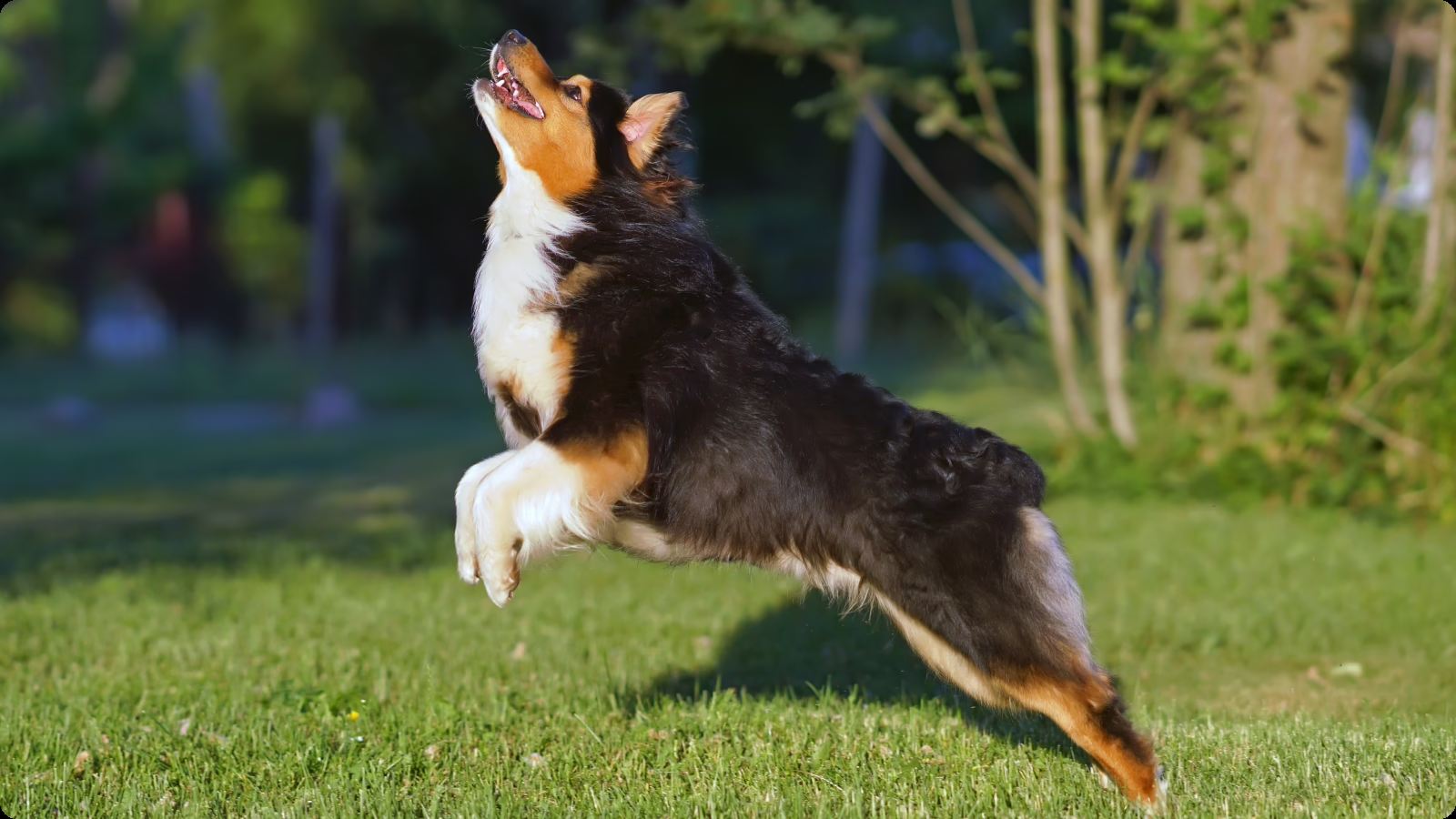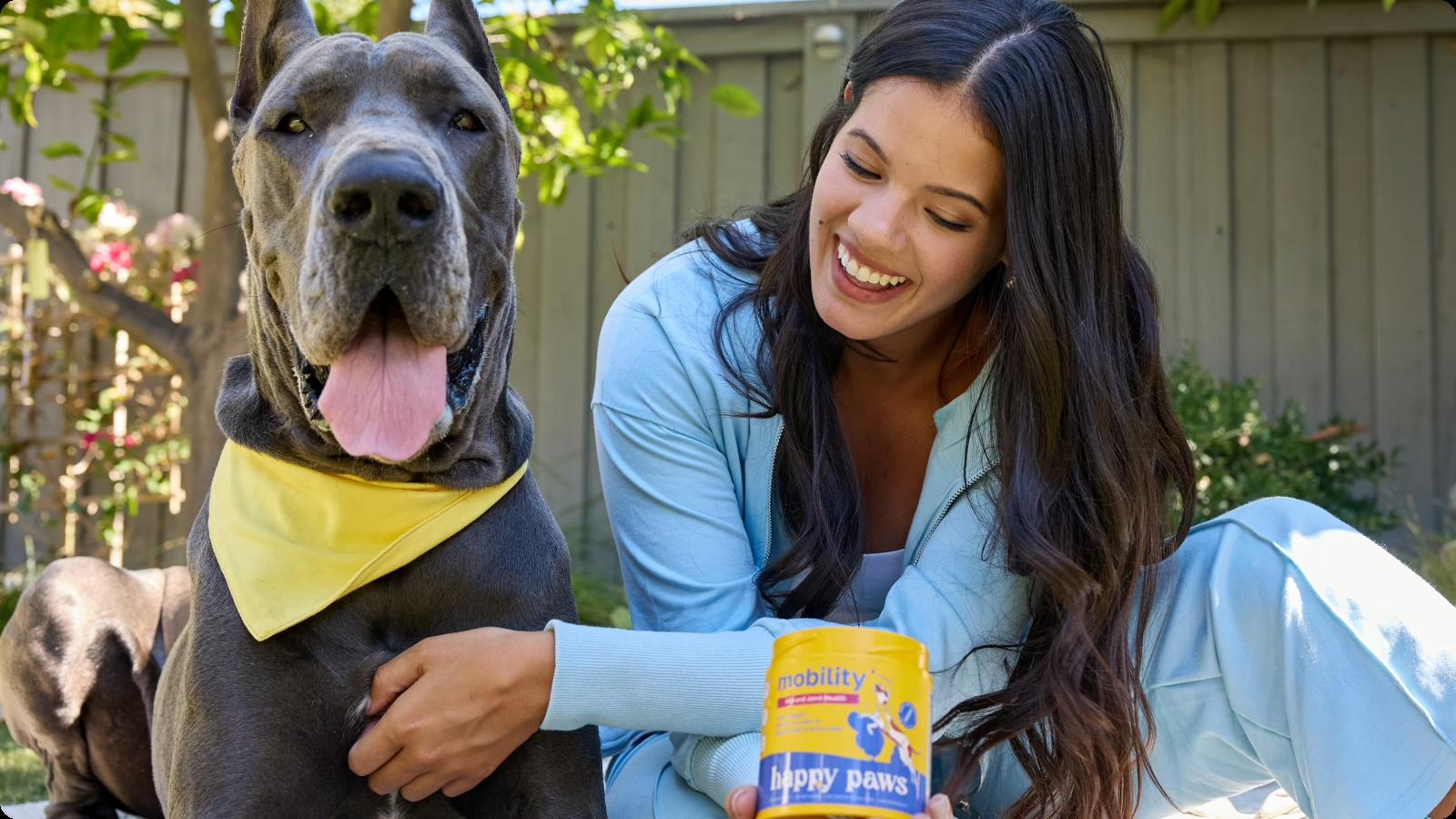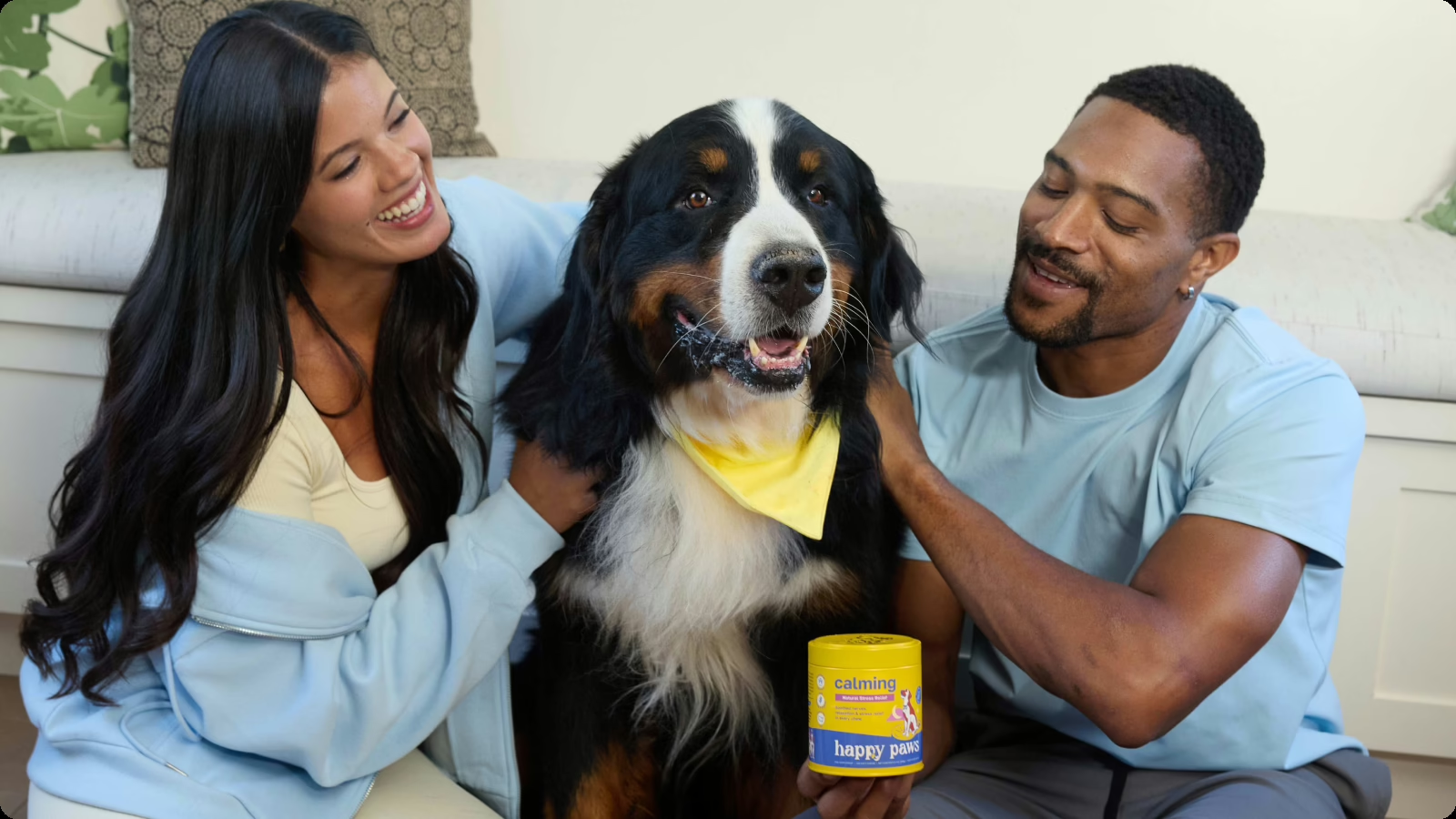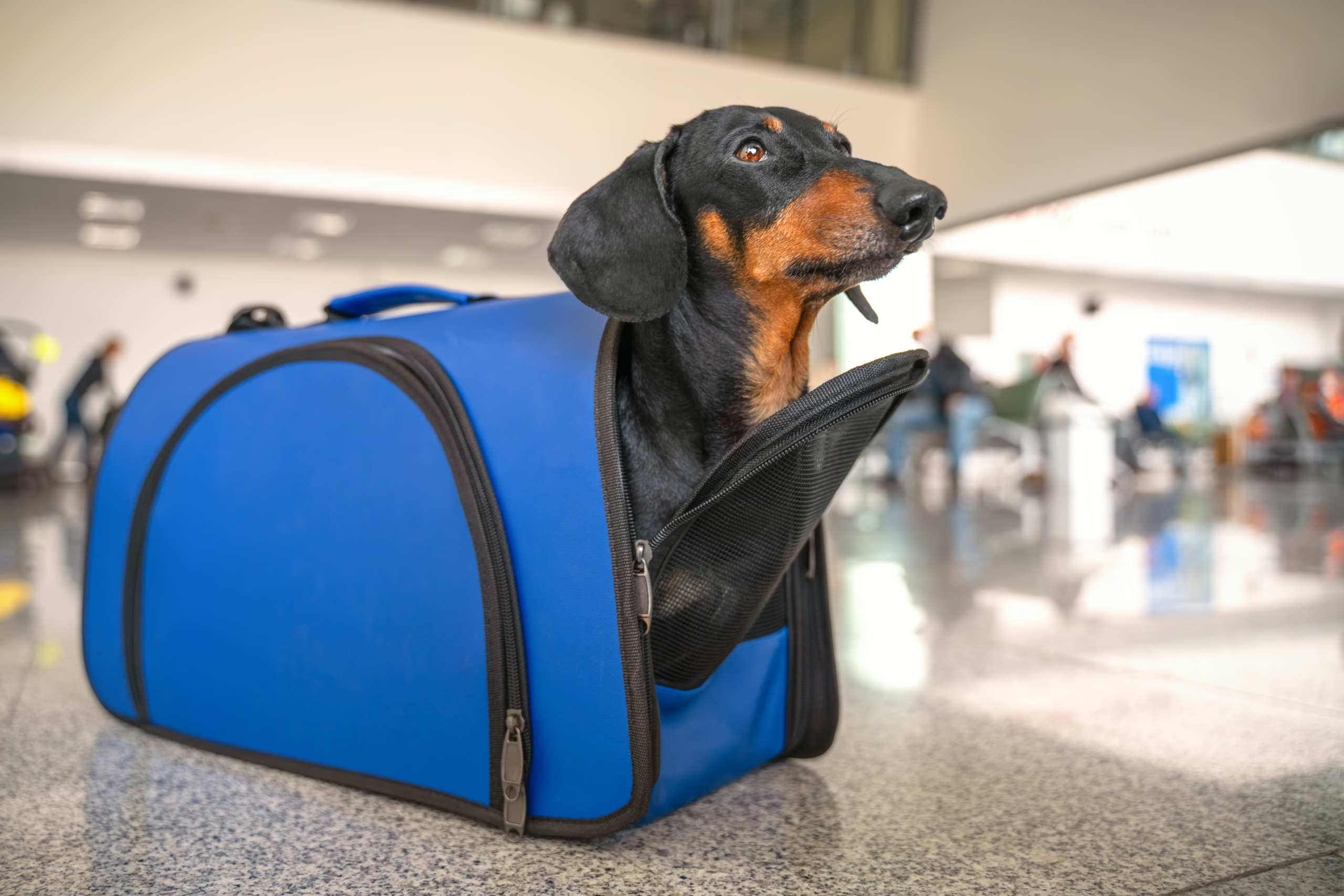Most dogs, regardless of breed or size, will experience joint health struggles at different times in their lives. Some dogs are born with health complications that affect them from puppyhood. Others have joints that stiffen with age. Combating these changes in your dog requires a few preventative measures. Also, they should engage in proactive activities to maintain their joint health well into their golden years.
In this guide, we’ll explore how your dog’s joints work and stay healthy. We’ll talk about common joint problems, like osteoarthritis, and even discuss a few tips on how to keep your dog’s joints healthy. But first, it’s always best to consult your veterinarian for next steps. A trained veterinary professional will help you discern which route to take and can assess your dog’s unique needs firsthand. Our best friends are vets. Your dog should have one, too!
Why Joint Health Matters
If you are a proud dog owner, take notice of what your dog does daily—besides lounging, napping, and begging. They stretch, adjust, walk, run, bolt, saunter, zoom, jump, and roll, especially if they’re a happy pup. The primary mechanism behind these daily movements is your dog’s joints. Their hips and knees bear a lot of the physical impact your dog goes through on a daily basis. And over time, this physical impact can wear down even the healthiest joints.
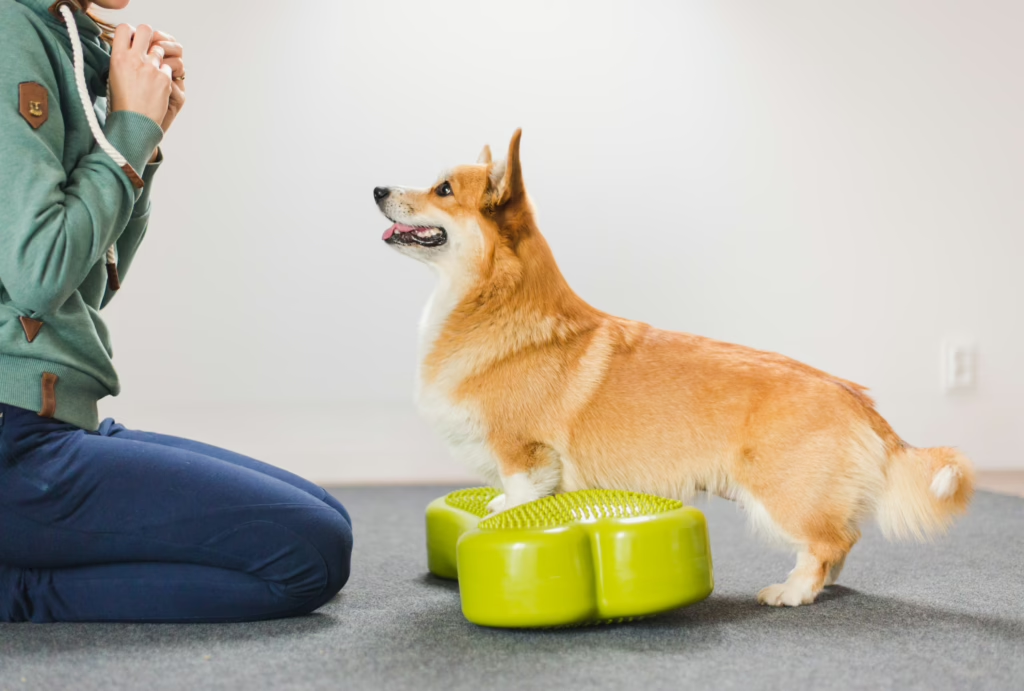
Common Joint Health Woes
While poor joint health is more apparent in older, bigger dogs, smaller, younger dogs can still experience joint health woes. Here are two common experiences dogs and their owners face.
Osteoarthritis
Just like ours, your dog’s joints are the meeting point between two bones. Joints are connected by tendons and ligaments, and padded by fluid and cartilage. When your dog moves, these bones rub against the padding sandwiched between them. This padding helps cushion your dog’s rambunctious impact and protects the bones from wear and tear. But as your dog continually uses this padding, their body isn’t equipped to replenish the joint fluid and cartilage quickly enough. Over time, that padding gets worn down, and the bones on either side of the joint start making contact, painfully rubbing against each other. This condition is called osteoarthritis. It’s a common concern for most dogs. In fact, the American Kennel Club reports that around 80% of senior dogs show signs of arthritis.
Decreased Activity
Healthy, robust joints help your dog stay active. When their joint health starts to wane, a dog may grow lethargic, bound to the couch or dog bed. And, just like with us, low activity levels can profoundly affect your dog’s mental health. This lethargy can start to spiral, which worsens joint health.
If your dog’s poor joint health keeps them on the couch, they’re less likely to get up and run around, causing them to avoid stretching out their stiff, sore joints, which can worsen their joint health and affect their mental health, which keeps them couch-bound, which then—you get the picture. It’s all cyclical.
Your dog’s joint health plays a vital role in their mind-body wellness. So, looking after their hips and joints is crucial for raising a happy, healthy dog.
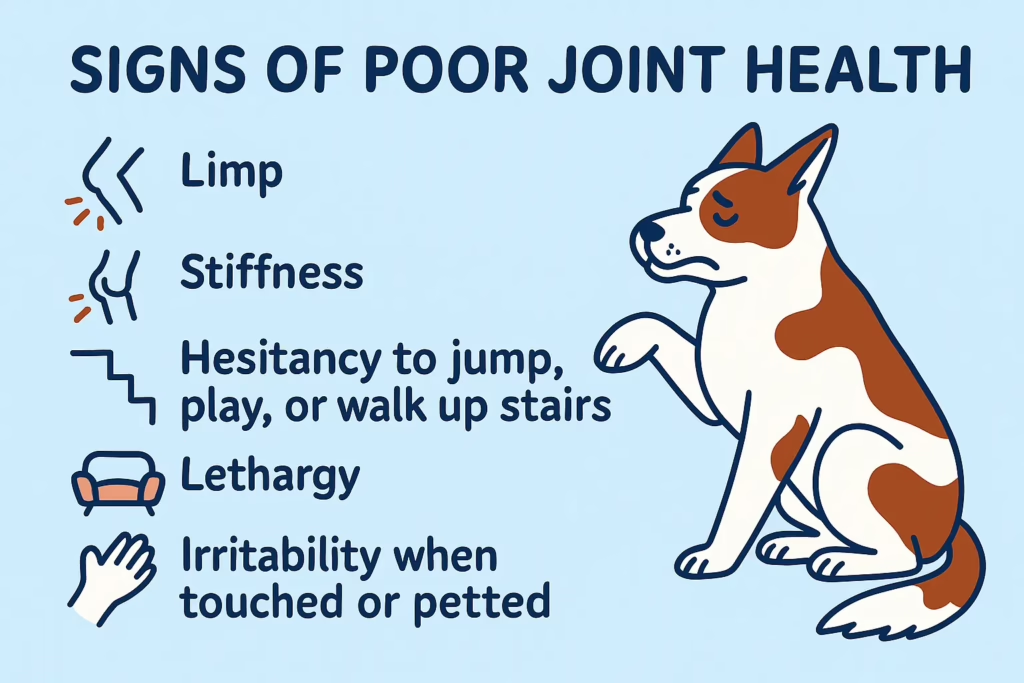
Signs of Poor Joint Health
Common signs that may point to joint problems include:
- Limp: Your dog’s hips and joints may not weaken at the same rate, so many dogs tend to favor one side, causing a noticeable limp.
- Stiffness: Joint stiffness can stem from a lack of cartilage, causing the joint to lose its movement and flexibility. Dogs with this condition may walk or run with stiff movements in their knees and hips.
- Hesitancy to jump, play, or walk up stairs: If a dog has pain when jumping, running, or climbing up steps, they may be hesitant in moments that require this movement.
- Lethargy: Poor joint health can affect your dog’s willingness to get up and play. So, they may just linger on the couch instead of joining you for playtime.
- Irritability when touched or petted: For some dogs, poor joint health can lead to pain or increased sensitivity around the affected areas. Dogs with conditions like this can grow irritable when you pet or graze their hips or joints.
Before focusing on a plan for treating your dog’s joint health, it’s always best to consult your veterinarian, who can monitor and discern your dog’s unique situation. If you notice any of these signs of poor joint health, it’s best to speak with them first.
Puppies & Young Dogs: Focus on Prevention
Technically, “puppyhood” ends at the two-year mark, but how many of our dogs keep that puppy energy up for just about their entire lives? Much of a puppy’s essence comes from their erratic movements and wayward frolics. This spark of puppy energy is strong and visible.
During your dog’s early years, it’s essential to be proactive and take preventive measures to protect their hip and joint health for the long haul, especially if your puppy will one day be a larger dog. Take this time to encourage proper joint health with nutrient-dense foods, ramps to couches and the bed, and even supplementation. Be sure to ask your veterinarian for additional, more specific advice.
Adult Dogs: Maintain Health, Exercise & Diet
The age your dog transitions into “adulthood” is up for debate. Small dogs reach adulthood around two years old and aren’t considered seniors until they’re 11 or 12. Medium-sized dogs don’t become seniors until they’re around 10. Large and giant dogs aren’t in their golden years until they’re seven or eight. This large window in your dog’s life, their “adulthood,” is the prime of their lives. In this era, it’s best to maintain a healthy diet for your dog, incorporating daily activities throughout.
However, to look after their joints, it’s best not to take your dog on daily high-impact excursions. You want to find a balance of low-impact exercises and aerobic, dog-friendly exercises. Every dog is different; their interests vary widely. So, try out a few activities to see what your dog gravitates toward.
Senior Dogs: Monitor for Hip & Joint Complications
In your dog’s golden years, it’s best to jettison high-impact activities altogether, focusing on saunters instead of sprints. This is your dog’s grizzled chapter; the time they can finally relax and enjoy your company without all that puppy energy flooding their brain. In this era, it’s always important to be vigilant about your dog’s joint health. Be on the lookout for signs of poor joint health, like the ones mentioned above. Also, be sure to follow your vet’s guidance. They’ll know your dog’s unique condition and will be able to recommend next steps. For senior dogs, it’s all about monitoring their movements and taking note of joint complications or problems as they arise.
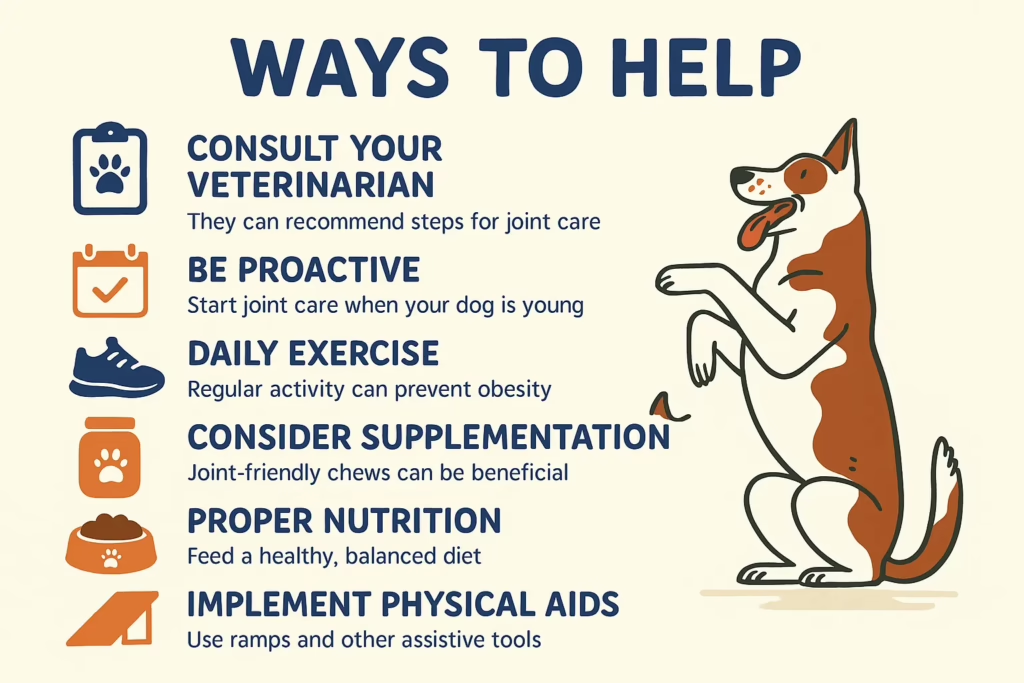
Ways to Help
For pet parents who’d like a little direction in caring for their dog’s joint health, here are seven simple steps you can take today to positively affect your dog’s nose-to-tail health.
1. Consult Your Veterinarian
Since your dog’s joint health affects many parts of their health, it’s always best to consult your veterinarian first. They can recommend if steps like supplementation are best for your dog and can help you discern what’s needed for your dog’s joint care.
2. Be Proactive
Start early. It’s always best to begin caring for your dog’s joints when they’re young, nimble, and agile. While certain steps and actions can help reduce arthritis symptoms, there is no cure. So, it’s always best to take preventive measures when possible.
3. Daily Exercise
A major player in joint problems, especially for breeds like labradors, is obesity. When your dog adds on too much weight, the fat often gathers near the hips and belly. This extra weight can add even more strain on your dog’s joints, impacting your dog’s mobility at a faster rate. So, to help prevent obesity in your dog, it’s best to exercise them often. An extra-long walk, a nature stroll, or a beach walk can be perfect for your dog’s aerobic health. Plus, low-impact activities like these can help keep their joints healthy.
4. Consider Supplementation
Another popular option to care for your dog’s joints is joint-friendly supplements. These supplements carry ingredients like chondroitin, glucosamine, and MSM, all of which are naturally occurring compounds in your dog’s cartilage. In their natural state, these compounds help lubricate your dog’s joints and provide padding to deter bone-on-bone contact. Supplements like these introduce these ingredients to your dog’s system, helping to replenish your dog’s natural reservoir of those compounds.
Below, we discuss how our Mobility Dog Chews use these ingredients (and more!) to give your dog a daily boost of joint-friendly benefits.
5. Proper Nutrition
Alongside other steps, like daily exercise, a healthy, nutrient-rich diet is vital for keeping your dog’s joint health up to par. Essential vitamins and minerals play key roles in your dog’s joints, helping them stay healthy and flexible. When your dog’s diet lacks key nutrients, their body doesn’t have the necessary resources to replenish and build back worn-out ligaments and cartilage. Plus, a poor canine diet can result in a higher chance of obesity down the road, which can significantly impact joint health. Many dog owners recognize this gap in nutrients and often turn to dog supplements to help bridge this divide.
6. Routine Massages & Simple Therapies
Just like with us, your dog can visit a canine-friendly physical therapist. These professionals use various tools, gadgets, and strategies that help promote joint function and mobility. They walk your dog through simple therapies that can rehab their joints and promote better flexibility and function. You can even try some of these strategies at home by massaging your dog’s joints and helping them stretch out any stiffness. If you’d like to explore simple joint-friendly therapies for your dog, it’s best to speak with an orthopedic veterinary specialist.
7. Implement Physical Aids
Physical aids like ramps, stairs, and even soft-padded cushions can help preserve your dog’s joint health. Owners of smaller dogs can attest to the sheer struggle little pups go through to jump on and off the bed or couch. With each hard impact, their joints take a beating. Going through this wear and tear daily, their joints may degrade at a faster rate. Physical aids like ramps and stairs can help your dog avoid this high-impact motion and preserve their joint health for years to come.
Spotlight on Our Mobility Dog Chews
Our Mobility Dog Chews use a delicious, all-natural vegan bacon flavor to entice your dog’s palate with a joint-friendly formula to boost their hips, joints, and recovery. Here are a few ingredients that help achieve these benefits.
Glucosamine & Chondroitin
Inside our joints, where one bone connects with another, cartilage helps cushion the impact of complex, strenuous movement. Cartilage contains natural compounds glucosamine and chondroitin, and it takes the brunt of everyday motion. Dogs carry these compounds, too. And just like with humans, these compounds can degrade over time, leaving your dog’s joints without the ample cushion they need for several rounds of fetch (and another!).
So, we’ve made our joint supplement with naturally derived glucosamine and chondroitin to help refresh your dog’s joints in a daily wellness chew.
Methylsulfonylmethane (MSM)
Many adults rely on methylsulfonylmethane (MSM) to treat arthritis symptoms, reduce inflammation, and promote stronger immunity—and your canine can see the same benefits, too! Just make sure to discuss with your vet before adding a joint supplement to your dog’s daily routine.
Green Lipped Mussels
Originating in New Zealand, green lipped mussels have quickly found a niche as a nutritional supplement for joint pain and arthritic symptoms. These mussels are anti-inflammatory, often supplemented for joint support. The powerful vitamins and minerals native to green lipped mussels can help your pupper stave off joint inflammation and enjoy a couple more laps around the dog park.
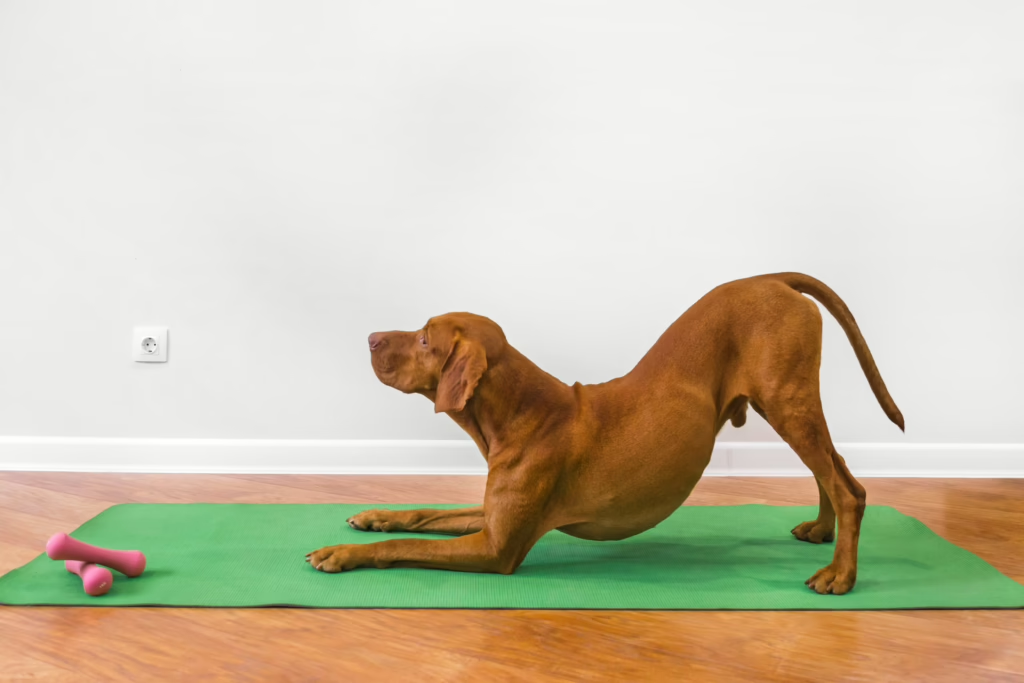
An Active Dog Is a Happy Dog
Your dog is an expressive, curious creature, and they show their personality through movement. Whether running up to share their favorite toy, give you face licks, or snatch a treat, your dog uses movement and mobility to connect with us and the world around them. So, protecting and preserving their mobility is vital to keeping your dog happy, healthy, and active. At Happy Paws, we believe in helping dog owners do just that and more with a carefully curated collection of dog supplements. Add them to your dog’s day and see the Happy Paws benefits for yourself!

